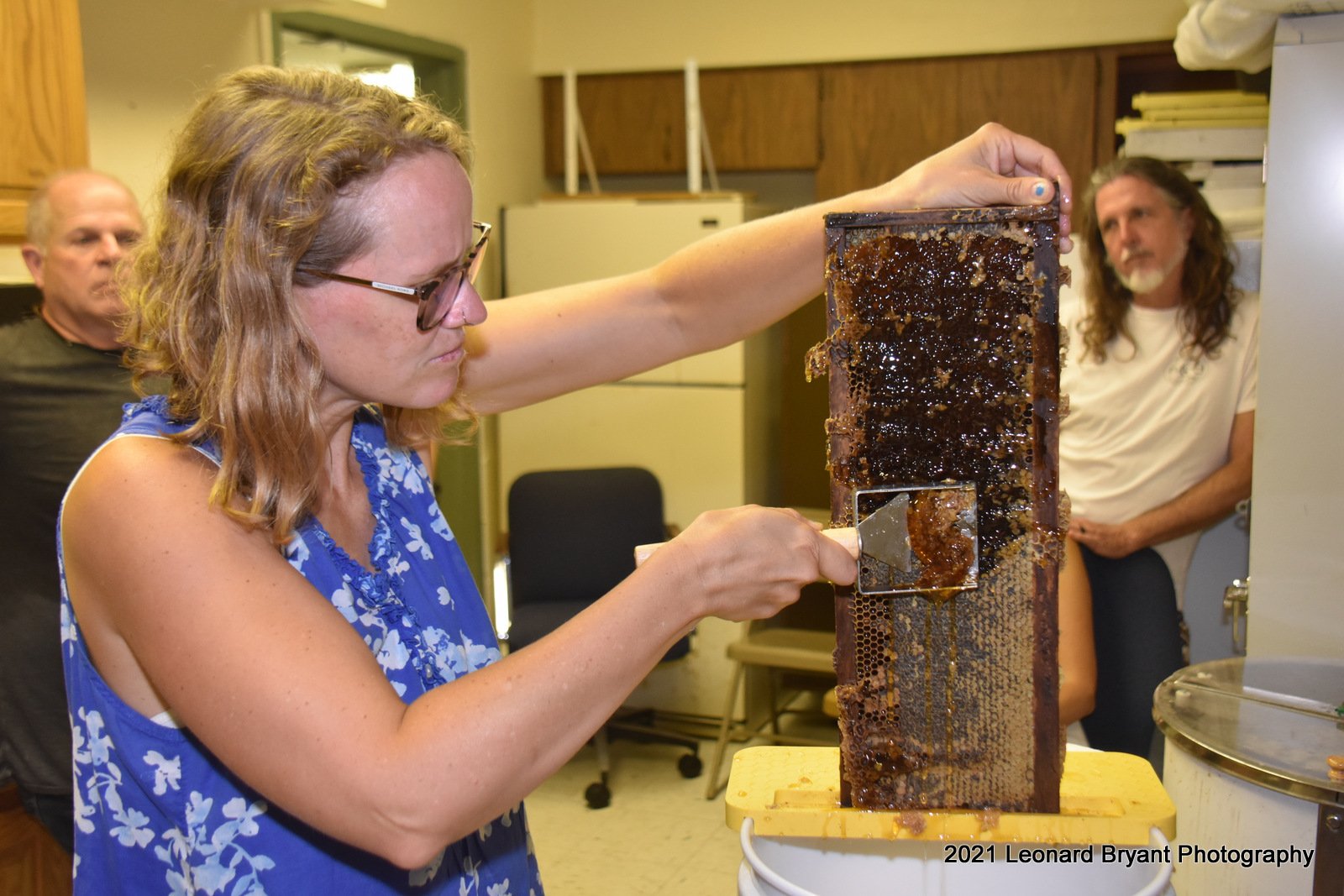The Heartland Bee Newsletter
June 2022 (20th edition)
National Honey Report: Florida Colony, Honey Plant, and Market Conditions During April 2022
Temperatures and precipitation were about average for the month. Bee health was considered to be fairly good. Some bees were pollinating watermelons in Central Florida during April. The cold and windy weather in March did cause the orange blossom honey yield to be very low this year. Titi finished blooming early in the month. Tupelo began blooming around the middle of the month. Tupelo honey production was expected to be a little better than last year. Moisture levels were a little higher this year and seemed to contribute to more honey production. Some tupelo honey was pulled before the end of the month, but most of the tupelo honey is expected to be pulled in early May. Gallberry and palmetto also were both available before the end of the month. There were light supplies of tupelo honey stored at the end of the month with slightly larger supplies of stored Gallberry honey. Demand was very good for tupelo and good for Gallberry honey.
Honey-Powered Computers Could Cut Down e-Waste
by Shawn Knight
Washington State University researchers have developed a prototype memristor made from a rather unique material: honey. To create the sweet circuitry, researchers processed honey into a solid form and wedged it between two metal electrodes. The resulting structure loosely mimics a synapse, the part of the brain that connects neurons and allows them to communicate with each other.
The human brain is comprised of more than 100 billion neurons with north of 1,000 trillion synapses. Each neuron is capable of both processing and storing data, making them far more efficient than the architecture found in traditional computers.
The proof-of-concept memristor was built on a micro-scale and is about the size of a human hair.
Lead researcher Feng Zhao tested the honey memristors' switching speeds and found them to be comparable to human synapses (100ns on and 500ns off). They were also able to emulate functions called spike-timing dependent plasticity and spike-rate dependent plasticity, which assist with learning and retaining new information.
Honey was chosen due in part to its biodegradable and renewable nature. "Honey does not spoil," Zhao said. "It has a very low moisture concentration, so bacteria cannot survive in it. This means these computer chips will be very stable and reliable for a very long time."
Zhao is also looking into the viability of proteins and other sugars, like those found in Aloe vera leaves, for similar applications.
Future iterations will be developed on a nanoscale, or about 1/1000 the size of a human hair. By bundling millions or even billions together, the researchers eventually hope to construct a fully functional neuromorphic computing system.


